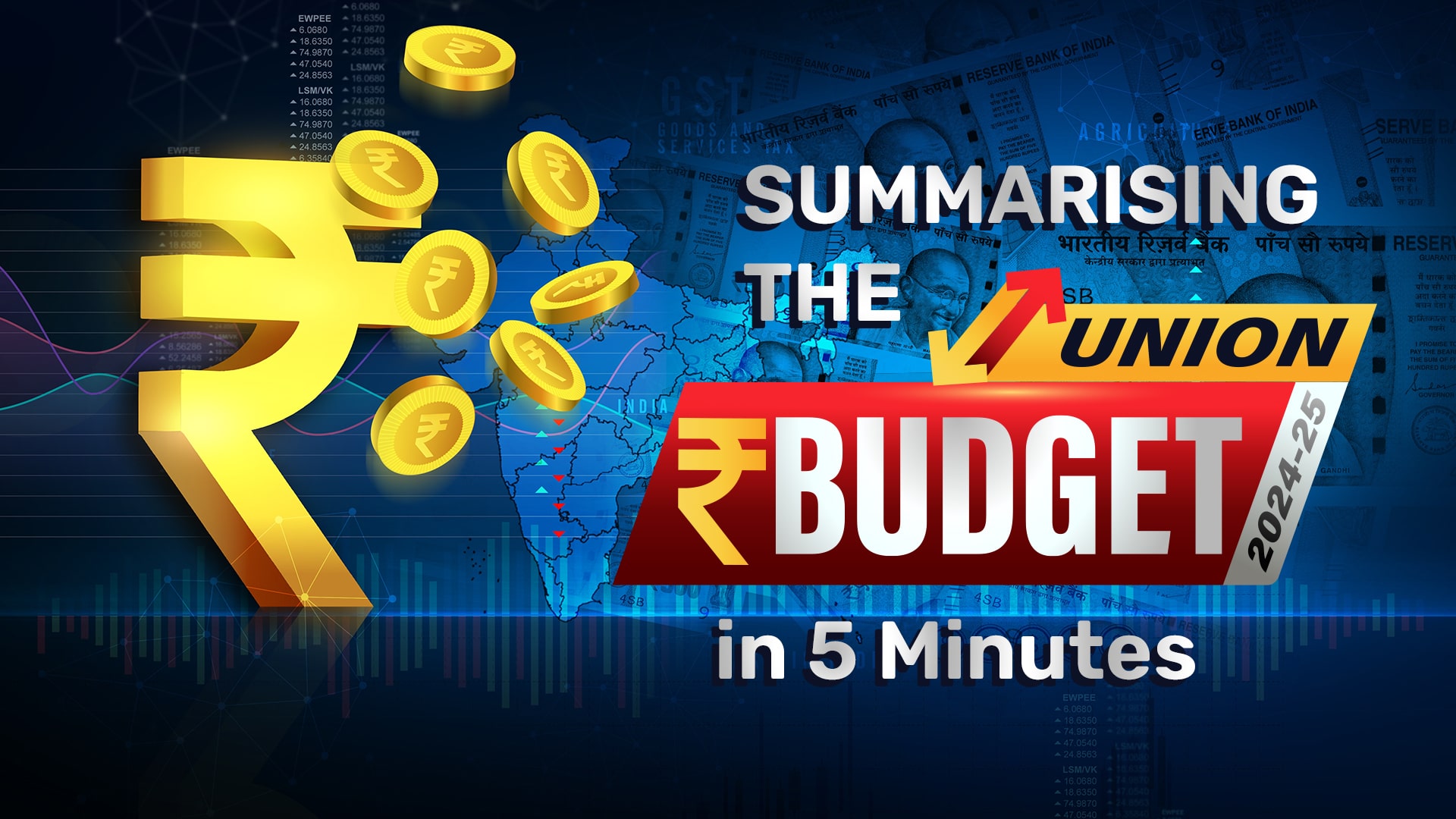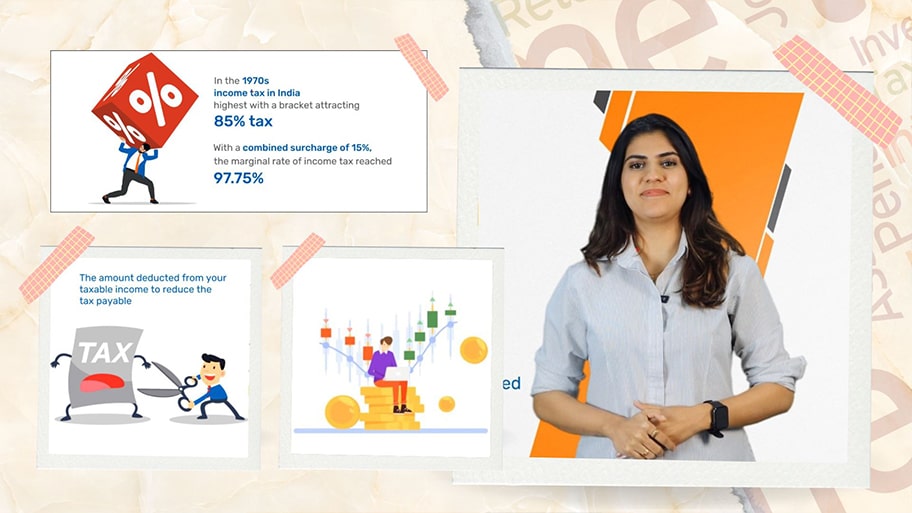Summarising the Union Budget 2024 in 5 Minutes
Excited about the changes announced in the Union Budget 2024? Check out this video for a quick summary of the major points announced by the finance minister.
First, we’ll talk about the 9 key focus areas under 'Viksit Bharat' announced in the budget. Next, you’ll understand the changes mentioned for the New Tax Regime. The standard deduction is proposed to increase to ₹75,000, and the tax slabs have been revised. We’ll see how income up to ₹3 Lakhs is tax-free, while income above ₹15 Lakhs attracts a 30% tax rate.
You’ll also learn how pensioners might benefit from a family pension deduction increase from ₹15,000 to ₹25,000. The video further explores capital gains tax. Long-term capital gains are set at a 12.5% tax rate, with an exemption limit of ₹1.25 Lakhs per year.
Next, the video will discuss revisions to customs duties and proposed TDS and TCS changes. The latter includes a reduced 0.1% TDS rate on e-commerce transactions. The budget also mentioned additional investments under PM Awas Yojana and PM Surya Ghar Muft Bijli Yojana.
Finally, we’ll explore new schemes worth ₹2 Lakh Crores for youth employment and upskilling. Similarly, larger Mudra loans and enhanced support were announced for MSMEs.

Key Takeaways
The standard deduction in the new tax regime increased to ₹75,000
Revised tax slabs offer significant savings for salaried employees
The TDS rate on e-commerce transactions reduced to 0.1%
Customs duties on mobile phones, gold, silver, and cancer drugs reduced
₹10 Lakh Crores allocated for housing under PM Awas Yojana
New NPS-Vatsalya plan introduced for minors' savings
Enhanced Mudra Loans limit increased to ₹20 Lakhs under the ‘Tarun’ category
What to Watch Next
Bites





























